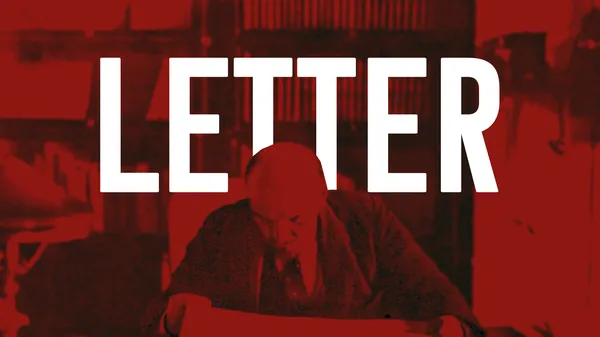In response to Ian Wright’s article,
I think this is a very interesting article, but I think the section on the Turing test misses two key points which I think are explanatory for the entire concept. The article posits a human taxi driver and a mechanical taxi driver, where the mechanical one has the same costs of maintenance as the human driver’s wages.
It uses this as a thought experiment to ask, well, if the machine can drive the taxi exactly as well as a human, why isn’t it making surplus-value? It goes over some counterarguments, but I was dissatisfied with the final conclusion that the difference is that the machine can’t come up with new ideas (work smarter), and thus if conditions change the machine can’t keep up.
Instead, I think the first key issue in this experiment is that the taxi company using mechanized drivers is only hiding the human labor-input. The mechanical taxi driver requires maintenance (done by a human), if it gets stuck it has to be rescued (by a human), and if a change to the business model has to be made it has to be thought of by a human and installed by a human.
In this way, the job of the taxi company changes from paying workers who drive vehicles to paying workers who maintain vehicles. It would be likely that those technicians would be fewer in number than the existing drivers, and thus the company has saved itself a huge labor cost, but the system itself still requires human input to solve the problems that arise in operation of the machines.
I think the idea that you can only hide human involvement in surplus value production, not actually eliminate it entirely, because machines can only react to changes predetermined when it was created and if they fail outside of those bounds a human has to come fix, it is a more compelling explanation for Marx’s thesis than simply elevating the idea that human ability to improve upon the process is what is important.
The other issue I wanted to bring up with is in relation to how causal power is posited to work.
in his rebuttal of more standard Marxist explanations the author argues that if Lyft used human drivers and Uber used mechanical ones, but then the market shifted and there became a market for food delivery, the human drivers could see this change and capitalize on it, starting to taxi food around, but the mechanical ones couldn’t. I think this explanation misses something key:
The mechanical drivers could be adapted, but that adaptation would require human labor: to look at the big picture and figure out that there is a demand for food delivery, to figure out how the machine could be retrofitted, and to round up the vehicles and to install the new device or code to facilitate it.
To be clear, I think this input of human labor does satisfy the causal power thesis of the article, but I think adaptability is the important explanatory bit. Both because skilled, creative human labor is necessary for the maintenance of any machine, and because humans are generally able to adapt to new conditions on the fly, human labor is always able to outperform an equivalent machine without any further human input. This is how I would explain the creativity component behind the causal-power explanation of Marx’s theory of Surplus-Value.
- Rudy
Liked it? Take a second to support Cosmonaut on Patreon! At Cosmonaut Magazine we strive to create a culture of open debate and discussion. Please write to us at submissions@cosmonautmag.com if you have any criticism or commentary you would like to have published in our letters section.
